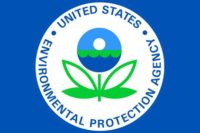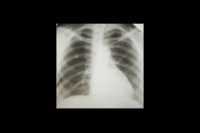 A new report is sharply critical of the way New Jersey handles chemical accident preparedness, and says the lack of transparency on state and local levels increases the danger for both the public and emergency responders.
A new report is sharply critical of the way New Jersey handles chemical accident preparedness, and says the lack of transparency on state and local levels increases the danger for both the public and emergency responders.
Issued this week by the New Jersey Work Environment Council (WEC) the report says that many municipalities and counties prohibit residents from gaining access to plans for responding to hazardous chemical emergencies, such as the Paulsboro train derailment in 2012 that released large quantities of vinyl chloride, a carcinogen and sent more than two dozen people to the hospital.
A National Transportation Safety Board (NTSB) investigation into the incident found that although emergency responders knew that an uncontrolled hazardous materials release had occurred, they were not informed about the type, location and quantity of hazmat involved.
Erroneous reports
The NTSB also found that initial evacuation and shelter-in-place decisions were based on erroneous reports of the type of chemical that was released (the vapor cloud was reported to be “nontoxic”) and that measures to correct errors and misinformation were inadequate. “Fact-based decisions regarding community exposure did not occur,” according to the agency.
The NTSB also determined that:
- Responders and communities in New Jersey were unfamiliar with hazardous materials routinely transported through Paulsboro
- Railroad community awareness is voluntary
- Communities were unprepared for hazardous materials transiting their neighborhoods
The WEC says that by failing to allow residents to see emergency response plans, the Christie administration is endangering both residents and the emergency responders who may arrive on scene without being aware of the types of chemical hazards they must deal with.
12 million people
New Jersey has more than 3,000 facilities that use large amounts of hazardous chemicals. Approximately 12 million people live near those facilities, according to data compiled by the New Jersey Department of Environmental Protection and the EPA, according to the report.
The council said a majority of the communities and counties near 93 facilities that handle the most extreme hazardous substances failed to provide information about their emergency response plans, in part citing security concerns.
The Christie administration has not commented on the report.



